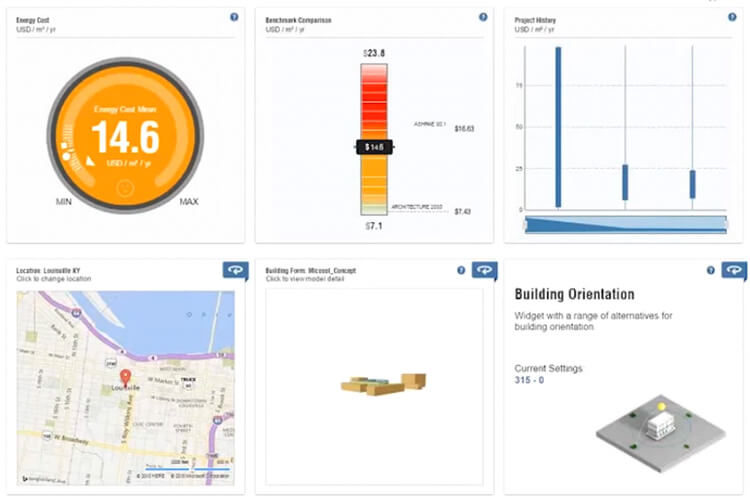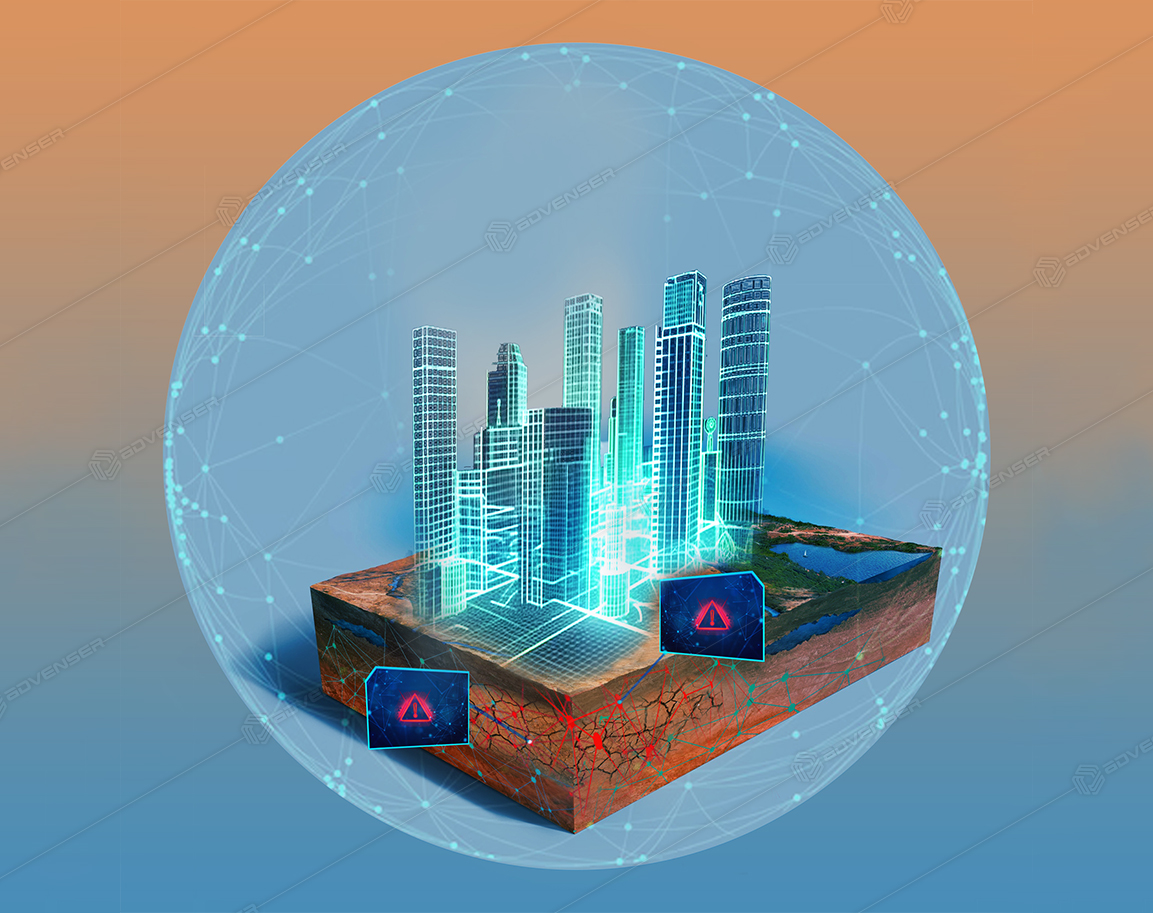Introduction to Green Certifications
The shift in focus towards greener buildings has been gaining a worldwide momentum as more and more countries are emphasizing on reducing their carbon footprint across all domains. Global green certifications and ratings have received mixed responses from their host nations. The US program, LEED, or the Leadership in Energy and Environmental Design, showed great promise during its inception. However, it has recently lost its charm due to complexities of attaining a certification while ensuring the profitability of stakeholders. Other parts of the world have also established their own certification programs such as BREEAM (UK and EU), CASBEE (Japan), IGBC (India), Pearl rating system (UAE), Edge etc.
A green certification isn’t mandatory for building design. However, organizations tend to refer the benchmarks of a green certification program during the design stages to ensure that they cover the necessary bases.
The stages of certification can be briefly summed up as shown below.
- Planning: This stage includes preparing your project for the certification. This includes delegating parts of the project to appropriate personnel to make sure that your project satisfies the various requirements of the certification program.
- Registration: This stage includes registering your project for a certification program, upon which you are provided with a project specific dashboard where you can view the status of your project and various other information regarding the certification.
- Credit Interpretation Rulings: This is much similar to the RFI’s posted during the execution stage of a project. When there are aspects of uncertainty, you can post a CIR which will be examined and replied by the certification body.
- Application: This stage is where you apply all the information to make sure that your project is all set for the certification. All the CIR information is applied to the project and we make sure that it is ready to be submitted for a certification.
- Project Review: This is carried out by a third party organization who reviews your project and advises changes along with anticipating what else can get in the way of a successful certification.
- Credit Appeal: This is the final stage with respect to your workforce. This is the stage in which you finally submit your model for a credit approval.
- Certification: If the certification body feels that the project adequately covers the requisites and has scored the baseline credit, it is given a Green Building Certification.
Autodesk products measure the sustainability using LEED ratings which are divided across various categories such as energy and atmosphere, indoor environmental quality, materials and resources, water efficiency and site sustainability. These categories award you points based on the various criteria achieved by the building design. Some of these criteria are mandatory for a certification while others add extra credits to your project which adds up to your final credit score. As shown in the picture below, you are awarded various levels of certifications solely based on the credits scored by your project.

Incorporating Sustainability into Building Design
The approach towards green buildings should start at its conceptual design phase; the massing stage when we are yet to decide the shape, layout and structure of the building. This can be done in the case of buying an off the plan property. This initial building mass is loaded into an conceptual modeller such as FormIt and tweaked and modified till it provides the best green output.
The model is either exported from Revit or other software via the gbXML format or these conceptual designs can be created directly from the FormIt modeler. Once the model is loaded, the location of the building is selected, which in turn loads all the corresponding climate and temperature data the building is likely to be exposed to. Even at this early stage, just by analyzing the building shape, orientation, temperature and sun path, the software returns a mean energy cost which is the primary metric that indicates how much resource is being consumed by the model. The energy cost shows the cost in terms of USD per m2 per year.
The FormIt tool allows us to enter our preferred architectural settings with respect to the windows, walls, roof insulation, glazing and so on by selecting different materials and configurations. These changes directly reflect a change in the energy cost of the model which can help us identify the major contributors of energy consumption.

Once the basic architectural configurations are set we can further work on the energy analysis tool in Revit which include the building elements and details of the model into the analysis. Prior to 2016 the Revit Energy Analysis only allowed for the analysis of either the conceptual model or the building elements. From the 2016 version onwards, Revit allows us to work on the combined conceptual model and building elements which provides us with a wider control over the energy configurations of the building.
The Revit energy analysis tool basically strips down your model into two parts: analytical surfaces and analytical spaces. Analytical spaces refers more to the zone concept in Revit and it has a volume of space with energy data associated with it. While the analytical surfaces deals more with the separating and enclosing structures such as curtain wall, concrete walls, windows, roofs etc.
Much similar to the energy dashboard in FormIt, Revit also provides one with configurations that can be tweaked such as lighting efficiency, plug load etc which once again reflect its effects to the energy cost of the building. Besides the dashboard, advanced control and data management can be done with custom content. These include shared parameters with a specific value that are inserted into families and other project files. These parameters can be then loaded into schedules to calculate how many of them are successfully satisfied in the project and dynamically sum up a LEED credit score based on that.
The quest for green buildings do not end with Revit and Formit, there are a variety of tools at your disposal to make your lifecycle easy and efficient. For some firms getting green templates to work on a checklist basis is sufficient while others tend to create more custom content for a much sensitive control over the green requisites.
The approach towards sustainability is a long and tedious one. Does the whole process actually work towards building a greener planet? Surprisingly, due to the lack of a convincing green building program, it is still debatable. Changing government bodies push the green initiative back on forth on their priority list leading to erratic funding and personnel to fix the current shortcomings. Firms going into the green program do so for a variety of interests. While some companies do it for the positive PR or the weight it adds to the brochure, some of them go through the hassle just to make Downtown a bit greener for the days to come.








